
Best DevOps Outsourcing Companies to Know Before You Hire
Considering outsourcing DevOps? We checked multiple DevOps outsourcing company reviews to walk you through the list of the top tech partners worth considering and why.

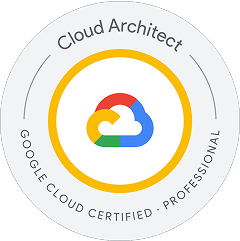
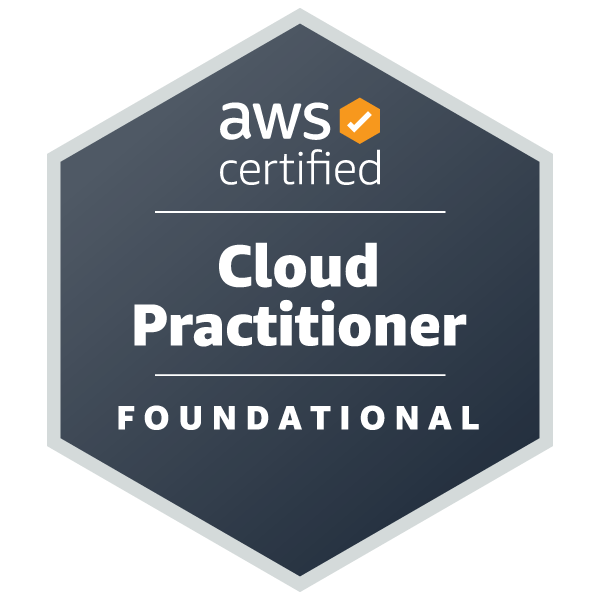
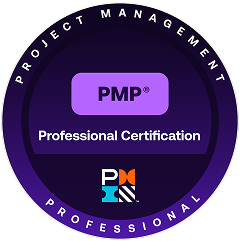
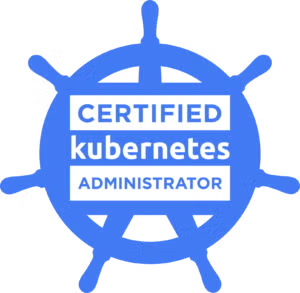
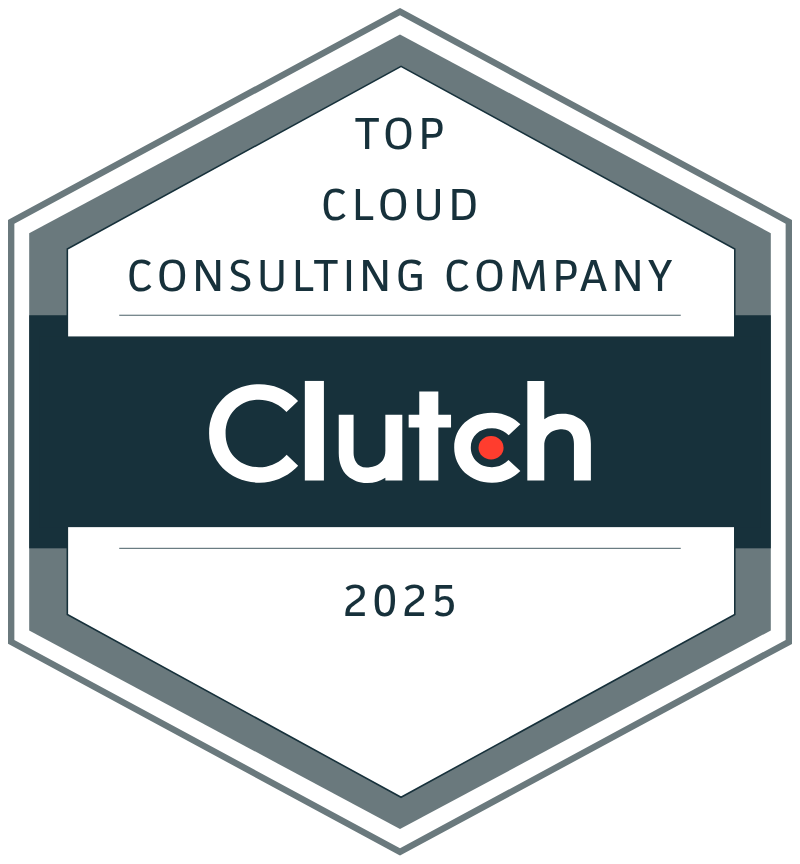
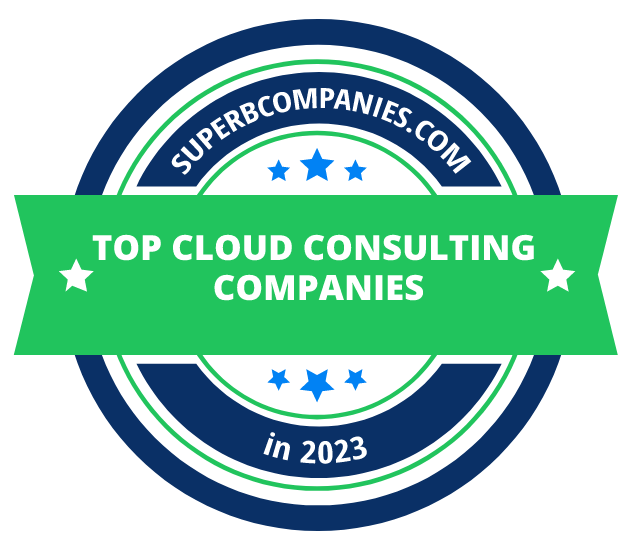
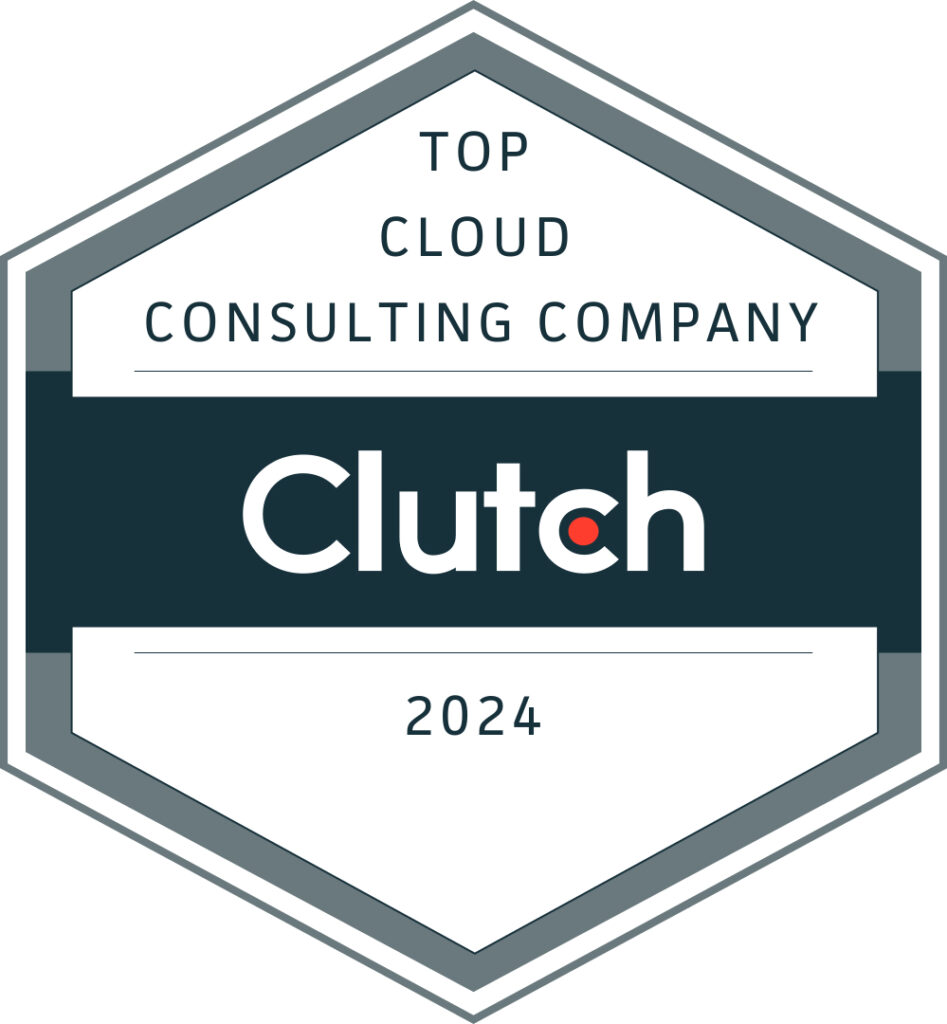

Build a modern, scalable infrastructure from scratch
Create a stable, secure, and cost-efficient foundation ready for migration and growth.Migrate your existing infrastructure
Seamlessly transition your infrastructure to modern platforms with minimal downtime.Automate CI/CD for faster time-to-market
Accelerate releases with CI/CD automation while maintaining top quality.Implement Disaster Recovery
Protect data and minimize downtime with reliable recovery strategies.Your goals: Faster time to market for new services; optimized IT infrastructure cost; improved collaboration between Dev and Ops teams
Your challenges: Siloed team structure; manual deployments and configuration management; complex existing systems; integration of disparate technologies; unwarranted operational expenses; resistance to cultural changes
Your opportunities: Architectural design; CI/CD automation; legacy migration; seamless system integration; DevOps team augmentation
Your results: Reduced cycle time from code commit to production deployment; cost savings; stronger alignment between Dev and Ops teams’ objectives
Your goals: Simplified deployment; optimized resource utilization; high availability for containerized apps; efficient product scaling; reduced infrastructure and personnel cost
Your challenges: Limited experience in Kubernetes; limitations associated with legacy infrastructure; troubleshooting distributed containerized workloads; service scaling and downscaling in times of fluctuating demand
Your opportunities: A fully-managed Kubernetes service from a cloud provider; integration with advanced observability tools; automatic scaling and load balancing
Your results: Faster deployment of containerized apps; no operational complexity; minimized downtimes; predictable cost model; increased developer productivity
Your goals: Global expansion; 24/7 service availability; redirection of savings toward growth initiatives; enhanced security and compliance
Your challenges: Migration of legacy systems to cloud; integration with current on-prem systems; ensuring high availability in the multi-cloud environment; cloud computing cost optimization; enhancing security and compliance; organizational change and team upskilling management
Your opportunities: Smooth migration regardless of your existing system and desired destination; cloud integration with current IT systems; continuous optimization of cloud for cost-efficiency
Your results: Rapid innovation and time to market; smooth IT resource scaling; reduced risk of system failure; operational cost reduction; secure cloud solution tailored to your business needs
Your goals: Streamlined release processes; operational resilience; high customer satisfaction; return on investment; increased competitiveness
Your challenges: Management of complex distributed systems; no standardized release management across environments; balancing reliability with agility and velocity; lack of automated monitoring and incident response; meeting consumer expectations
Your opportunities: Analysis to identify inefficiencies and areas for improvement; integration of SRE principles; infrastructure modernization with minimal disruptions; continuous upgrades; SRE team augmentation
Your results: Faster and more reliable feature rollouts; reduced technical debt; predictive performance based on 360-degree monitoring and analytics; improved customer experience; quick response to market demand and customer growth
Your goals: Minimized downtime and productivity loss; demand- and cost-driven resource optimization; meeting compliance requirements for data backup and recovery
Your challenges: Vendor relationship and SLA management; scalability issues hindering rapid response to market demands; control of the rising IT maintenance cost; skill gaps within internal IT teams
Your opportunities: Access to expertise to bridge any skill gaps within your internal IT teams; capacity planning; full tech support and infrastructure maintenance package
Your results: Insights for strategic IT planning; less downtime and productivity loss; better protection against cyberattacks and data loss
Your goals: Minimized exposure to security threats; accelerated compliance readiness; streamlined workflows between Dev, Sec, and Ops teams
Your challenges: Application of security policies to a complex infrastructure; consistency of security practices across all environments; no single source of truth for metrics across the organization; balancing security with agility and speed
Your opportunities: Integration of security tools within CI/CD pipelines; proactive identification of potential threats through automated security testing; continuous monitoring and incident response
Your results: Reduced risk of security breaches; compliance with industry standards and regulations; improved collaboration and shared responsibility for security across teams
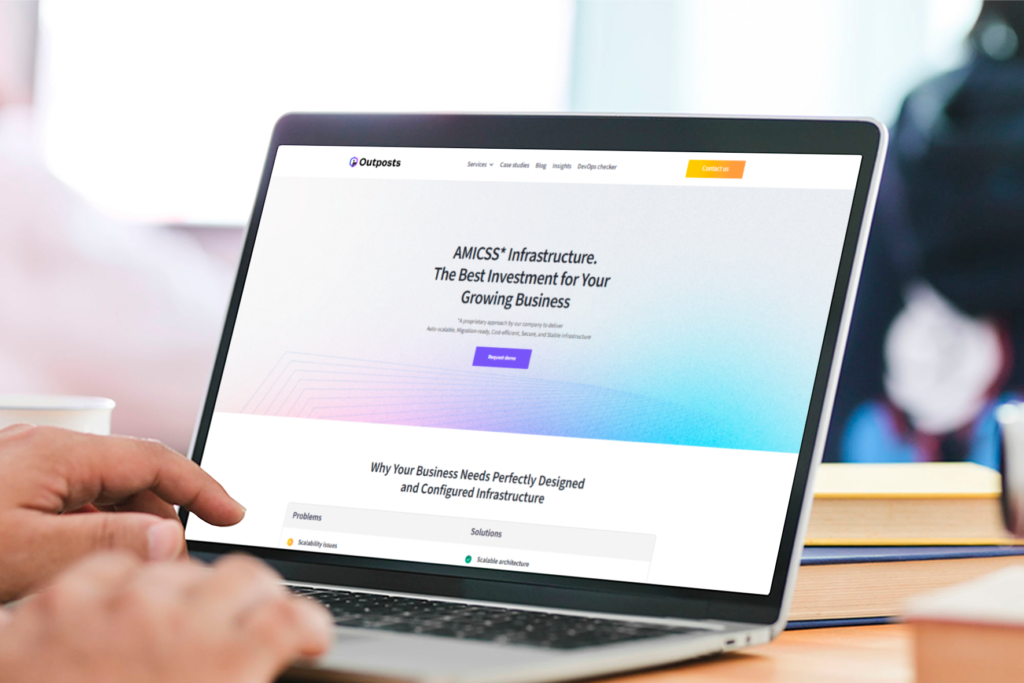
Accelerate your growth with an Auto-scalable, Migration-ready, Cost-efficient, Secure, and Stable infrastructure.
• 20+ expertly configured tools
• Comprehensive documentation
• Training for your team
• The best-priced offer on the market
Let us help you optimize your business success with an arsenal of well-proven tools and technologies
Cloud Providers

The value of use lies in providing affordable and scalable access to services and IT computing resources. Your company gains access to services such as infrastructure, platforms and software.
Databases
The value of tools is in creating the possibility of storing and accessing information. There is a systematic collection of data, they can be analyzed and their safety complies with all security policies.
Containers & Orchestration

These tools help streamline operations and reduce business costs, automate deployment, network impact, and improve security. It is planned to work on the basis of microservices in several clusters.
Service
It will allow the synchronization of data between nodes and restore their states. Distributed database management, handles large amounts of information, and provides high availability without fail. Uses caching models.
CI/CD
Helps to productively and fast deliver software. These tools will help alleviate and greatly speed up the process of getting projects to market. Provides a continuous flow of new functionality and supply code to production.
Monitoring

These processes permit your company to use an organized system for assembling, analyzing and utilizing information to monitor program development for management solution making.
Configuration management
These management tools help keep working computer systems, software, and servers in good working order. The process is necessary to make sure that the system works as supposed, taking into account modifications and updates.
Infrastructure provisioning


This setting helps to create, apply, administrate and automate infrastructure. These tools are needed when managing access to information and resources. This process is not a configuration step, but they are both necessary deployment steps.













Considering outsourcing DevOps? We checked multiple DevOps outsourcing company reviews to walk you through the list of the top tech partners worth considering and why.
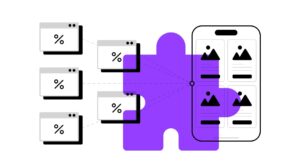
A look behind the scenes at how we helped a location-based deals app get ready for European growth, from optimizing the MVP infrastructure to designing a scalable roadmap for the next 100k users.

Expansion is the goal, but it often exposes vulnerabilities in your setup. These DevOps tools help you scale without losing stability.
For every project, we assign a dedicated project manager who coordinates between our team and yours. Our PM, Pavlo, explains their key role:

Pavlo Morozov
Project Manager at IT Outposts
Starting a project correctly is just as critical as building a strong foundation for a house. Should an issue arise with the highest floors, they are fixable. However, if there’s an issue with the foundation, this can lead to some serious problems. That’s why we make sure to understand the client’s needs and objectives from the very beginning. We then create a detailed plan, mapping out the goals, approach, and timeline. Our project managers closely monitor progress against this plan throughout the project.
Communication management is one of the project management areas. Our managers also develop a detailed communication plan tailored to your working style — a framework that outlines the cadence of meetings, participants, agendas, and communication channels. Below, you can see an example of our communication plan.

We use Slack for daily team collaboration and Google Meet for video calls. However, we can adapt to whatever communication platforms your company prefers. If any urgent matters arise, we’re always available for ad-hoc video calls to discuss and resolve issues promptly.
Our team constantly monitors industry trends so we can quickly implement new tools that enhance our problem-resolution workflows. However, preventing such problems is our primary objective. From the start, we create a project plan that includes a risk register. Our team assesses what risks exist and what risk strategies can be implemented in each case. If any bottlenecks do occur, we have pre-prepared disaster recovery plans for each project. If the issue is on our end, we’ll tackle it. If it requires collaboration with your development team, we’ll work together to identify the root cause and address it.
Aside from a disaster recovery plan, our team also creates a notification flow. It outlines the monitoring and analytics tools used, alert responses, who is informed, initial actions taken, how issues are resolved, and communication upon resolution. Take a look at the example of our notification flow below.

For example, we had a case when we received alerts about latency issues. Our DevOps engineers found the root cause was heavy queries within the apps, not infrastructure issues. We couldn’t just add resources, so we worked closely with developers. First, we disabled problematic queries to quickly resolve the latency for users. Then, we configured monitoring tools to gather data and pinpoint the core issue within the app code. Using this data, developers optimized the queries, permanently resolving the latency problems.
A core principle for IT Outposts is taking responsibility off your plate. Think of us as an extension of your own team. When our team engages in a project, we own the infrastructure, cloud operations, monitoring, and other processes. This frees up your team to focus solely on your core business priorities.
We assign a dedicated team fully immersed in your project. They gather technical requirements and communicate with you to understand your expectations and measures of success.
Based on this information, your dedicated PMs create a project management plan according to the Project Management Body of Knowledge (PMBOK) guide. Our PMs use inputs, tools, techniques, and outputs that are described in PMBOK below.


The project management plan includes the following components:

We review this plan with you and make any changes to ensure it matches your expectations. Once we agree on the timeline, our team starts working on the project to deliver the solution within the outlined schedule.
Our team primarily uses the Kanban approach for project management, as it aligns well with our DevOps practices. However, we’re flexible and can use other methodologies, like Scrum for projects with unclear scopes or Waterfall for fixed-price projects with defined requirements and timelines. Our PMs select the most suitable approach based on the project characteristics during the initial planning phase.
We offer two pricing packages and engagement models. Each option is designed to fit your specific project needs, timeline, and budget.
The first option is a fixed-price approach, where we provide a dedicated team to work solely on your project from start to finish. The team typically includes a project manager, account manager, DevOps engineers, team lead, and head of DevOps. They will devote all their time to understanding your project’s challenges and delivering the solution you need. Our project managers will plan and manage staffing needs as the project evolves and gather metrics on your satisfaction levels.

Scenario for using service packages for a dedicated team
The second option is hourly-based outstaffing. You can select specialists with varying experience levels and certifications at different hourly rates. This model gives you the flexibility to scale up or down resources while you maintain direct control over project management.

Flexibility is ingrained in our working style. We understand that DevOps isn’t just about technical processes and metrics — it’s about supporting your main business goals.
So, when adjustments arise, we’ll collaborate closely with your team to replan and realign our work. IT Outposts will continue to provide the maximum value for your business despite any changes.

Egor Prihodko
CEO at OneDayBundle
IT Outposts did more than just the technical work to meet Amazon’s requirements. They also actively participated in filling out the questionnaire and joined meetings with auditors, even though those tasks weren’t normally part of their services. Their extra involvement made sure everything went smoothly during our certification.
Absolutely. We can provide ongoing support and maintenance after the core solution is delivered. Since we’ve already optimized your systems, our continued support will be more cost-effective for you. In addition, we won’t need any extra time to get familiar with your setup — we can just keep operating smoothly.
IT Outposts offers 24/7 monitoring and rapid response to any alerts. For critical incidents outside business hours, our on-call DevOps engineers receive phone notifications to quickly resolve problems at any time of day or night.
We’re happy to discuss different support options that fit your needs and budget. Whether you want a full support package or just ad-hoc consultations as new needs arise, we can tailor an approach that works best for you.